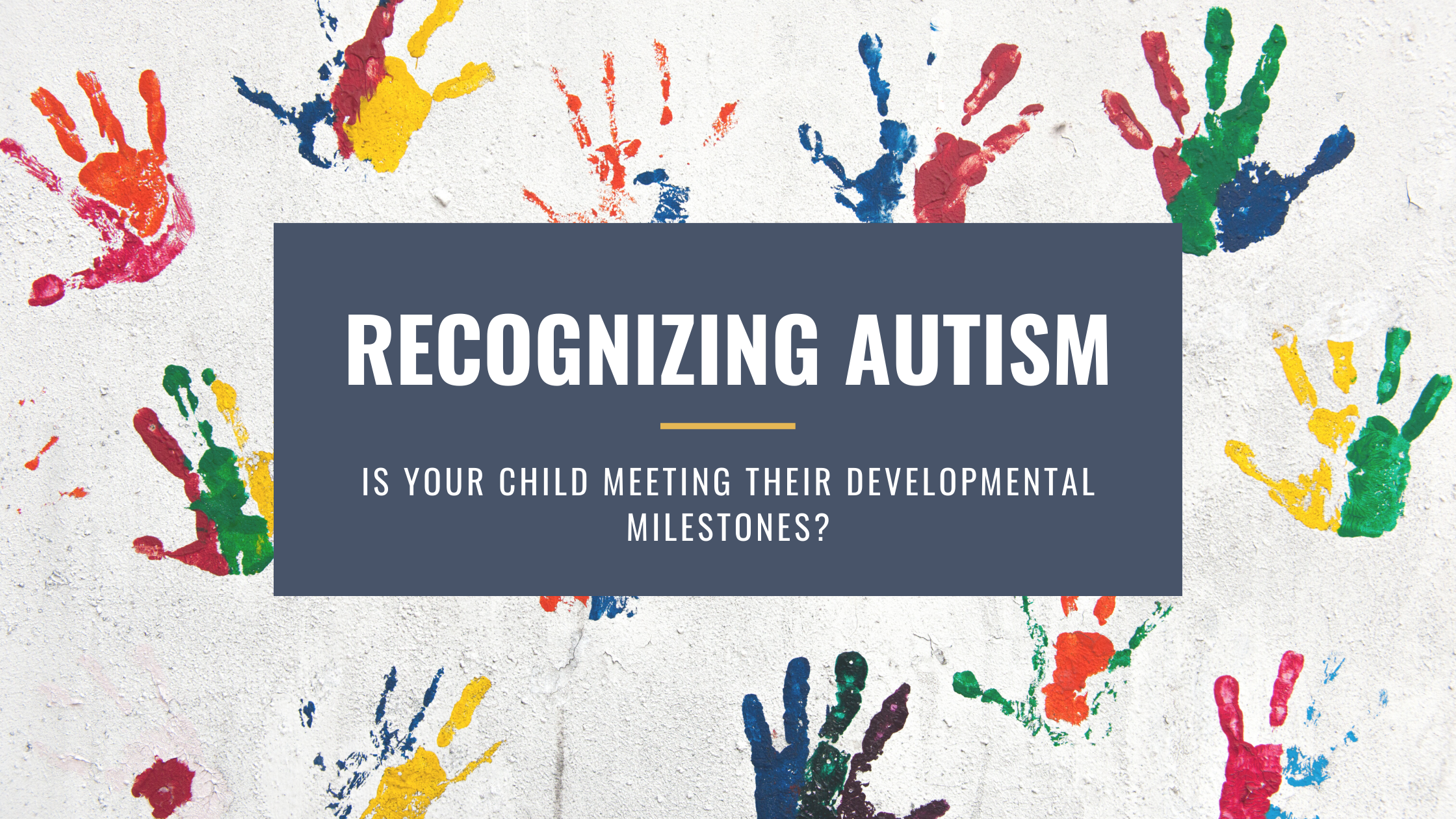How to recognize autism as early as possible
As a new parent, you are likely overcome with joy, and probably more than a little nervous. As you watch your child develop, you’ll anticipate both large and small milestones, such as the first giggle and the earliest steps.
At every age, there are certain indicators that your child is progressing as they should in the realms of social/emotional development, language and communication, and cognition.
But how can you be sure your child is meeting all of the expected benchmarks? And what does it mean if they are not? Failure to meet expected milestones can be symptoms of autism, or Autism Spectrum Disorder (ASD). ASD includes a broad range of symptoms characterized by challenges with social skills, repetitive behaviors, speech deficits, and nonverbal communication. There are many subtypes of autism, usually influenced by both genetic and environmental factors.
ASD is very common. In 2020, the Centers for Disease Control and Prevention (CDC) reported that approximately 1 in 54 children in the U.S. has been diagnosed with autism. Research indicates that early diagnosis and intervention for autism are more likely to have major long-term, positive effects on symptoms, and have the largest, most favorable impact on children’s lives going forward.
Studies consistently show that Applied Behavior Analysis (ABA) is an effective treatment, especially in autism. That is why it is so crucial to be familiar with expected childhood developmental milestones. If your child does not meet them, you should make an appointment with a professional who is trained to diagnose autism.
Here are some of the most comprehensive resources for information about developmental milestones:
- The CDC has a list of all childhood developmental milestones from two months to five years. It also provides a printable milestone checklist, a downloadable milestone app, and even photos and videos of what the behaviors should look like.
- Autism Speaks, a nonprofit organization dedicated to promoting solutions for those who have autism and their families, also has a list of developmental milestones, as well as, a link to the Modified Checklist for Autism in Toddlers (M-CHAT), a screening tool with a list of 20 questions about the behavior of children between the ages of 16 and 30 months.
- In addition, Autism Speaks also provides a “First Concern to Action Tool Kit,” which has information about what to do if you are concerned that your child may have autism. The “First Concern to Action Roadmap” educates parents about what steps they should take to find the best resources and support for their children.
- The National Institute of Mental Health has an exhaustive list of signs and symptoms of autism, as well as, risk factors, and how autism is diagnosed.
Not all individuals with autism show all behaviors that are characteristic of the condition, but most will show several. Here are some signs and symptoms to monitor for at specific ages:
Six months:
- Few or no big smiles, or other engaging expressions
- Limited to no eye contact
Nine months:
- Little or no back-and-forth sharing of sounds such as “mamamamama” or “babababa”
- Few or no smiles or other facial expressions
Twelve months:
- The absence of back and forth gestures or waving
- Little or no response to his or her name
24 months:
- Few or no meaningful, two-word phrases
If you have concerns about your child’s developmental milestones consult with your child’s pediatrician and learn more information from our resource page.
At GBC Autism Services, we provide ABA therapy to children with autism in the areas of Chicagoland, Peoria, Normal, Rockford, Springfield, Dekalb, and North-West Indiana. Our services include in-home and clinic-based ABA therapy, early intervention services, school consultations, and social skills groups.
The team at GBC doesn’t only focus on the behaviors that might be seen as weaknesses in children with autism. We accept and appreciate each child’s unique abilities and incorporate them into our programming. In fact, we love to learn about each child’s interests and strengths and only look to help them navigate the world better.



